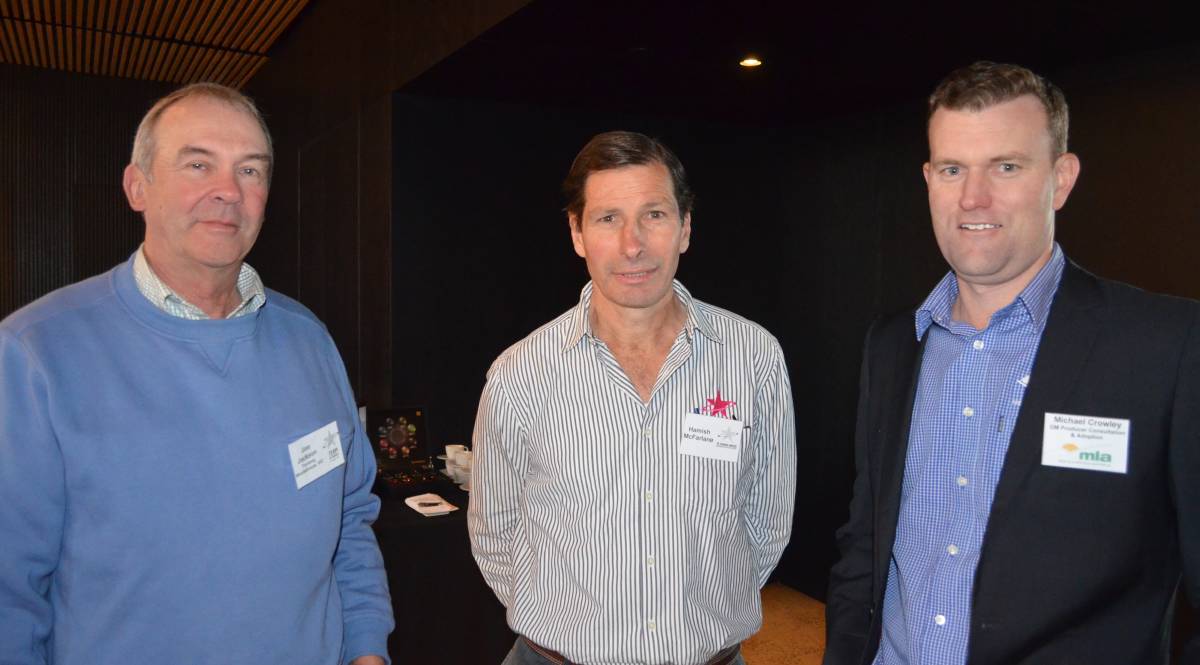THE beef cattle industry is poised to make genetics-driven production and quality jumps according to Meat and Livestock Australia.
At their annual Team Te Mania workshop participants heard MLA producer consultation and adoption general manager Michael Crowley discuss the power of genetics and cutting edge technology have an impact on the production chain.
Michael said breeders and producers could drive on-farm profitability by better meeting consumer needs.
He said with the national herd getting back to traditional levels after recent record prices sparked one of the largest animal slaughters in decades, the opportunities for genetic gain increased.
“The average Australian herd size between 2000 and 2016 has been 28m head and we expect the herd to reach 27.5m by the end of this year,” Michael told the workshop.
“It is pretty clear 2017 was expected to be the bottom of the supply shortage (female slaughter in that year was on track for 45 per cent, the lowest since 2012) but by 2022 we are forecasting the annual slaughter will be 8.2m – plus another 900,000 going to live export,” he said.
“While price has come off the record and near record highs of previous two or three years, future markets are being underpinned by excellent results we have been able to achieve in free trade agreements and the Trans Pacific Partnership.”
For example he said the tariff in Korea before the FTA was 40 per cent and that will keep coming down to zero by 2028.
In Japan the 38.5% will turn into 19.5% for FTA partners but just 9 per cent for TPP members – that includes Australia but not the US.
China’s 12 per cent tariff will also wind back to zero.
But Michael said there were also challenges on the horizon – especially from Brazil.
He said the Brazilian beef industry, the world’s biggest exporter, has regained access to China, Saudi Arabia and finally the US.
“Brazil’s economic recession, weak currency and re-opened markets are making exports more attractive,” Michael added.
“Fortunately Brazil still has a massive domestic market and a lack of access to Korea and Japan, not helped by the recent ‘rotten meat’ scandal, which highlights lack of quality control,” he said.
“But the Brazilians have the ability to overcome that.”
Michael also focused on the National Livestock Genetics Consortium which he suggested by 2022 will have added more than $400m in industry improvements through doubling the rate of annual genetic gain in the commercial livestock industry value chain.
He said the industry was expecting benchmarking and target setting for genetic gain and eating quality improved through genetics
“This will all be fast tracked by multi-breed genetic analysis and cost-effective genomics,” Michael explained.
“We will all be working to get the industry to value and trust genetics and at the same time encourage cultural change to increase the adoption of various technologies,” he said.
“With the seamless transfer of data and linking to industry data (such as NLIS, MSA and genomics) and collaboration with partners not normally engaged with in livestock genetics research and development will allow us to leverage knowledge and investment across species and worldwide.
“Single step for genetic evaluations is a world-first not just for beef cattle but also the sheep industry and will change how we utilise genomics.”
MLA will also be driving to introduce a transition for MSA towards an outcomes-based language so everyone along the chain is speaking that same language.
The benefits of producing MSA cattle are now sufficiently understood to be able to accurately demonstrate what it adds to the bottom line:
- MSA young non-feedlot cattle = $0.23/kg = additional $65/head
- Grainfed cattle =$0.11/kg = additional $34/head
- $130 million in additional returns delivered back to the farm gate“MSA non-compliance stood at 6.11 per cent with a further 2 per cent (give or take) not meeting company specifications,” he said.“Brand owners will also drive growth and success and MSA Graded achieving US Department of Agriculture Process Verified status is creating great inroads in the market there.”It has, he said, potential to measurer eye muscle area, fat depth, IMF/marble score, fat and meat colour and ossification.Cheaper genomic testsBeef bred to end market specsDEXA provides a lean meat yield prior to cut-outBrand specifications, quality and yield reflected in pricing incentivesCuts and portions linked to live animal and producer
- Consumers purchase by meal occasion, quality and provenance.
- Producers paid on the value of the carcase
- Objective measurement of eating quality traits
- Objective measures of live animals to predict market spec compliance
- DNA testing animals made routine
- He said if there was a vision for the beef industry’s meat value chain for 2025 it would include:
- Michael said technology such as hyperspectral imaging and dual energy X-ray (DEXA) were putting serious carcase assessment in the right hands.
- “Programs such as Eating Quality Graded (EQG) are an opportunity for us all with four-and six-tooth cattle having an MSA price average $0.05 and $0.30/kg HSCW below MSA YG.
- “By the same token non MSA compliance in 2016-17 cost $12m in missed farm gate returns,” Michael said.






